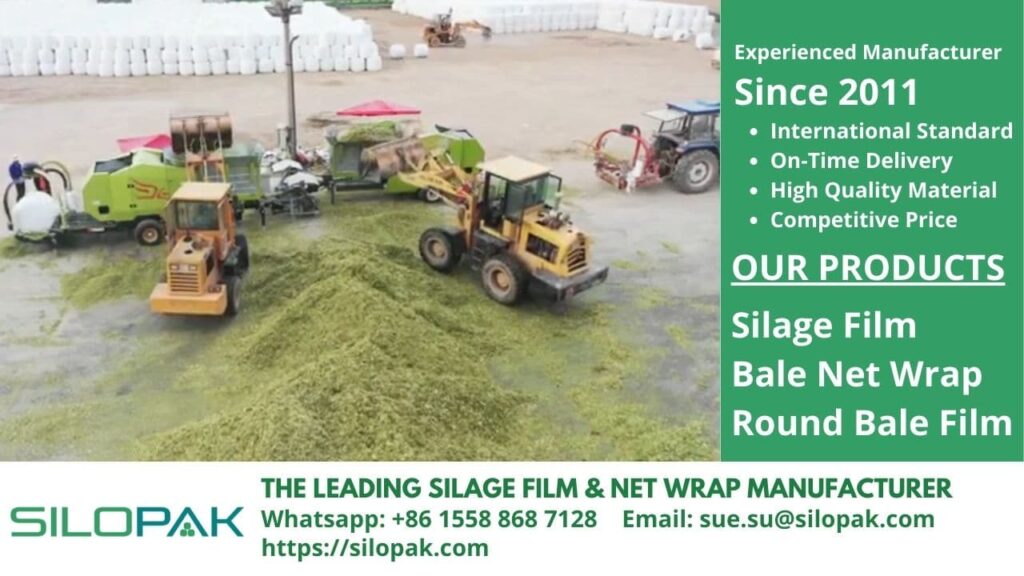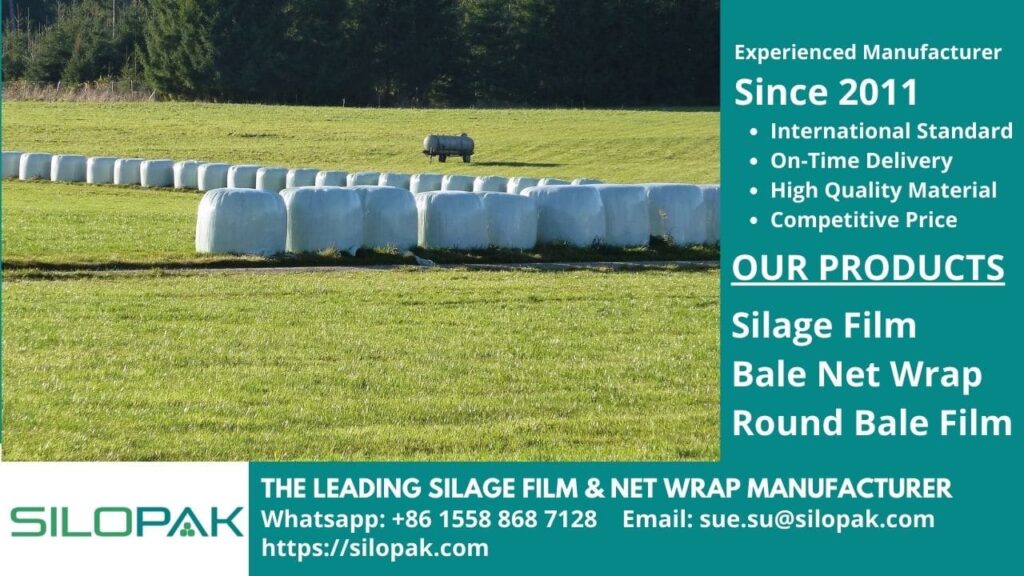
Cereal crops belong to the grass species Gramineae. They are cultivated because their grains are edible. Botanically, this grain is a type of caryopsis fruit consisting of endosperm, germ, and bran.
Cereal is a vital staple product because it is known to contain more energy than other types of plants. Therefore, they are widely cultivated in various countries in greater numbers. Want to know more about the types and their nutritional benefits? Let’s check the following information.
contents
Cereal Crops Types & Nutritional Benefits
Below are some examples of types of cereal crops that are commonly cultivated and their nutritional benefits.
Barley
Barley originated in Asia and was one of the first cereals to be widely cultivated. Talking about the benefits, it is known that not many people consume it, especially in developed countries, because of its low gluten content.
But research shows that barley’s high beta-glucan content can improve heart health and help treat type 2 diabetes because it can lower cholesterol and blood sugar levels (increase insulin secretion). In addition, there are other nutritional benefits, such as containing lots of vitamins, minerals, and lignans (a type of antioxidant that can reduce the risk of cancer).
Wheat
Wheat is the most famous and widely grown cereal in the world. Variations of whole grain include wheat bread, durum, spelled, emmer, Kamut, and einkorn.
Wheat has many nutritional benefits: high in carbohydrates (especially starch), insoluble dietary fiber, low in fat, rich in potassium, and free of sodium. In addition, it also contains iron, zinc, magnesium, phosphorus, selenium, thiamine, riboflavin, niacin, vitamin B6 (pyridoxine), and folate, as well as pantothenic acid.
Oats
Food products labeled ‘oats’, ‘oatmeal’, or ‘oat flour’ are food products made from whole grains, as the bran and germ of oats are rarely removed during processing. Research shows that oats are naturally high in beta-glucan, and the endosperm and wheat bran are rich in soluble fiber. Therefore, it is very beneficial to improve blood sugar control (improve insulin response) and help lower cholesterol levels.
Maize
Among other cereal crops, maize or corn is known as the ‘queen of the cereal’. Its production in the world today exceeds wheat and rice because it is a staple food in many countries. Not only consumed directly by humans, but maize is also widely used for corn ethanol, animal feed, and other products, such as corn syrup and cornflour.
It is known to have many nutritional benefits such as high fiber content to help aid digestion, as a source of antioxidant carotenoids, lutein, and zeaxanthin to improve eye health, and also contain lots of B vitamins, zinc, magnesium, copper, iron, and manganese.

Rice
Rice is the largest cultivated staple food in the world, with more than half of the global population depending on it. As a food, rice is usually boiled or steamed or ground into gluten-free flour.
Like other cereal crops, rice also has many nutritional benefits; for example very rich in B vitamins that can help improve the health of the nervous system, and the healthy carbohydrate content is not only good as a source of energy but also helps improve brain function, the mineral and vitamin content also can help increase metabolic activity for all organs of the body. In addition, rice is very rich in fiber, so it can reduce constipation and improve the digestive system.
Cereal Crops for Silage
Due to their consistent nutritional quality and yield, cereals have become one of the best animal feeds for improving livestock production systems. Cereals are low in protein, making them ideal for balancing nutrients in grass silage.
In the silage preservation process, producers need high-quality film silage to maintain its nutritional value for a long time. Silopak is the best silage film manufacturer that you can choose from.
Our silage film products are made of premium quality resin and international standards, so they can last up to 18 months and can withstand extreme weather conditions. We provide silage film products with various sizes that you can choose according to your needs, such as 750 mm x 1.500 m, 500 mm x 1.800 m & 250 mm x 1.800 m with a thickness of 25μm. For details on prices and reservations, contact us now.
That’s all our information about the various types of cereal crops and their nutritional benefits. Hope it is useful.
